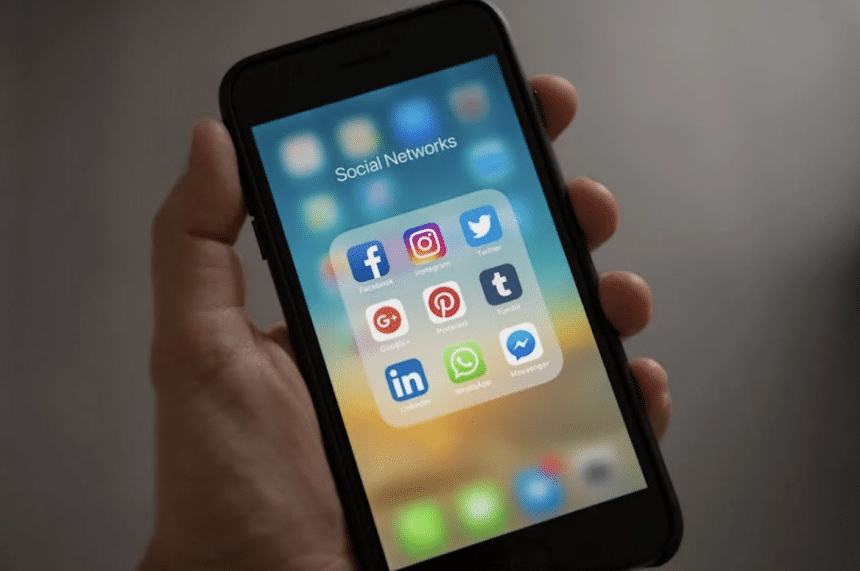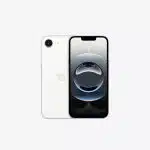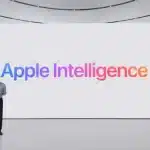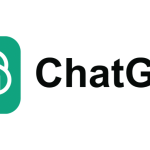In today’s digitally restricted world, knowing how to configure a proxy on your iPhone can be an essential skill. Whether you’re trying to access geo-restricted content, enhance your privacy, or bypass network restrictions at school or work, this comprehensive guide will walk you through everything you need to know about using proxies on your iPhone.
Why Use a Proxy on Your iPhone?
Before diving into the setup process, let’s understand why you might want to use a proxy on your iOS device:
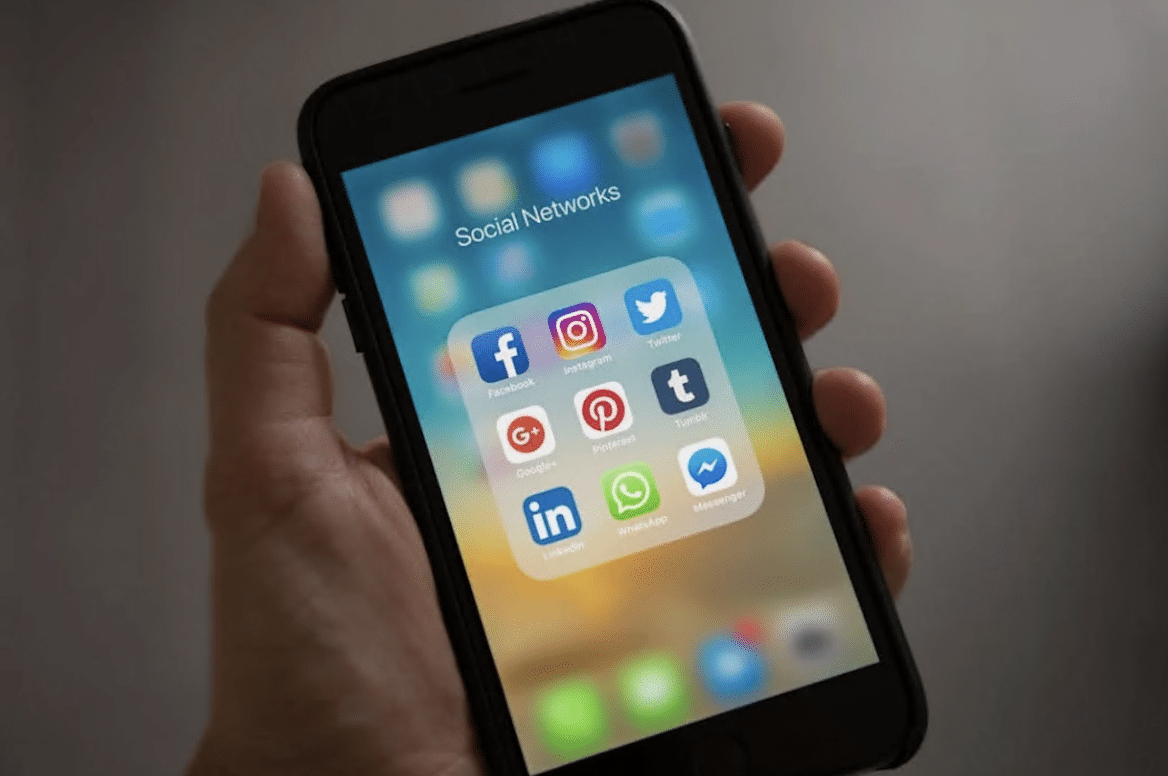
● Access blocked websites and apps in restricted environments
● Enhance your online privacy by masking your real IP address
● Bypass geographic restrictions on streaming services and websites
● Improve security when using public Wi-Fi networks
● Reduce tracking from advertisers and websites
Different Types of Proxy Solutions for iPhone
iOS users have several options when it comes to using proxies:
1. Manual Wi-Fi Proxy Configuration
iOS allows you to configure proxy settings for each Wi-Fi network individually. This native option requires no additional apps but only works on Wi-Fi connections.
These browser-accessible proxies require no configuration and work through Safari or any other browser on your iPhone.
Dedicated apps from the App Store can provide system-wide or app-specific proxy functionality, often with additional features.
Custom profiles can be installed to configure proxy settings more permanently across your device.
Method 1: Setting Up Manual Proxy on iPhone Wi-Fi
This method uses your iPhone’s built-in settings and works on a per-network basis:
1. Open the Settings app on your iPhone
2. Tap Wi-Fi
3. Find your connected network and tap the ⓘ (information) icon beside it
4. Scroll down to find the HTTP Proxy section
5. Tap Configure Proxy
6. Choose one of the following options:
○ Off: No proxy (default setting)
○ Manual: Enter proxy details yourself
○ Auto: Use a proxy auto-configuration (PAC) file
For Manual Configuration:
If selecting “Manual”, you’ll need to enter:
● Server: The proxy server address (IP or hostname)
● Port: The port number (commonly 8080, 3128, or 80)
● Authentication: Toggle on if your proxy requires a username and password
● Username and Password: Enter if required
● Bypass Proxy For: Add websites that should connect directly, not through the proxy
For Auto Configuration:
If selecting “Auto”, you’ll need:
● URL: The address of your PAC file (a script that tells your device which proxy server to use for different websites)
7. Tap Save to apply your settings
Important limitations:
● These settings apply only to the current Wi-Fi network
● You’ll need to reconfigure for each new Wi-Fi network
● This method doesn’t work with cellular/mobile data connections
Method 2: Using Web-Based Proxies on iPhone
Web-based proxies like Unblocker.me provide the simplest solution:
1. Open Safari or your preferred browser
2. Visit a web proxy service like Unblocker.me
3. Enter the URL of the website you want to access
4. Select any additional options (server location, encryption settings)
5. Tap the “Browse” or “Go” button
6. Browse the website through the proxy interface
Advantages:
● No configuration needed
● Works instantly on any network (Wi-Fi or cellular)
● No app installation required
● Perfect for occasional proxy needs
● Works on restricted devices where you can’t install apps
Limitations:
● Only works within your browser
● Some website functionality may be limited
● Not suitable for non-browser apps
Method 3: Using Proxy Apps on iPhone
For more comprehensive proxy functionality:
1. Search the App Store for proxy or VPN apps
2. Download and install your chosen app
3. Launch the app and create an account if required
4. Enter your proxy server details or select from provided servers
5. Connect to the proxy
6. Use your device normally while the proxy routes your traffic
Popular proxy/VPN apps include:
● ProxyMan
● Potatso Lite
● VPN apps with proxy features
Advantages:
● Can work system-wide (all apps and services)
● Typically offer more features like server switching
● Often provide better security and encryption
● Work on both Wi-Fi and cellular connections
Limitations:
● Many quality apps require payment
● May consume more battery
● Some apps require subscription
Method 4: Using Configuration Profiles
For more permanent or managed setups:
1. Obtain a configuration profile from your network administrator or create one using Apple Configurator
2. Receive the profile via email, website, or AirDrop
3. When prompted, tap Install and follow the on-screen instructions
4. Enter your device passcode if requested
5. Confirm the installation
This method is particularly useful in educational or corporate environments where administrators manage device settings.
Troubleshooting Common iPhone Proxy Issues
If you encounter problems:
● Verify the proxy server address and port are correct
● Check that the proxy server is online and operational
● Try a different proxy server if available
● Double-check your username and password
● Confirm the authentication method is correct
● Ask your proxy provider about credential format requirements
● Try a different proxy server, preferably one geographically closer
● Switch to a less congested server
● Consider upgrading to a premium proxy service
● Some apps may ignore system proxy settings
● Try a VPN-based solution instead for these apps
● Check if the app has its own proxy settings
Privacy and Security Best Practices
When using proxies on your iPhone:
1. Avoid free proxy services with unclear privacy policies
2. Use HTTPS websites whenever possible for additional encryption
3. Be selective about personal information you send through proxy connections
4. Regularly clear your browsing data to prevent tracking
5. Consider a reputable VPN for more sensitive activities
Proxy vs. VPN: Which Should You Choose?
While proxies and VPNs serve similar purposes, they have key differences:
| Feature | Proxy | VPN |
| Setup complexity | Simple | Moderate |
| Speed | Generally faster | Slightly slower due to encryption |
| Security | Basic | Advanced (with encryption) |
| Privacy | IP masking only | Full traffic encryption |
| App compatibility | Limited (browser/configured apps) | All device traffic |
| Cost | Often free or low-cost | Usually subscription-based |
For casual browsing and basic unblocking, a proxy may be sufficient. For more comprehensive privacy and security, a VPN is recommended.
When to Use Different Proxy Types
● HTTP Proxies: Basic web browsing, general unblocking
● HTTPS Proxies: More secure browsing with encryption
● SOCKS Proxies: Versatile for various protocols and apps
● Web-based Proxies: Quick access without configuration
● Residential Proxies: Maximum unblocking capabilities (rarely free)
Conclusion
Setting up a proxy on your iPhone can significantly expand your online access and enhance privacy. For most users, web-based proxies like Unblocker.me provide the easiest solution for occasional needs, while dedicated apps offer more comprehensive features for regular proxy users.
Whatever your reason for using a proxy on your iPhone, this guide provides all the necessary steps to get connected quickly and securely. Remember to use proxy services responsibly and in accordance with applicable terms of service and local regulations.
Have you tried using a proxy on your iPhone? What method worked best for you? Share your experience in the comments below!
